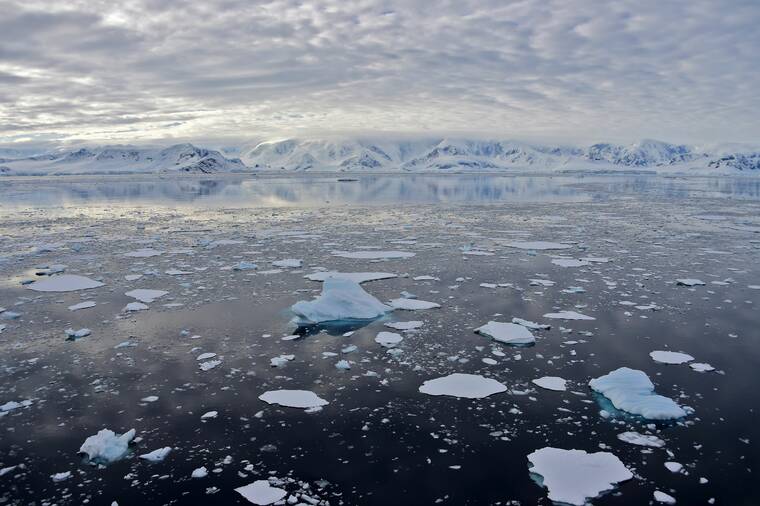Temperatures 70 degrees above normal in eastern Antarctica have baffled scientists, who say that the “unprecedented heat wave” has already changed the way experts think about the Antarctic climate system.
“‘It is impossible,’ we would have said until two days ago,” Antarctic climatology expert Stefano Di Battista wrote on Twitter Friday. “From today (March 18) the Antarctic climatology has been rewritten.”
Jonathan Wille, a researcher studying polar meteorology at Universite Grenoble Alpes in France, agreed.
“This event is completely unprecedented and upended our expectations about the Antarctic climate system,” the told The Washington Post.
The extreme temperature increase in East Antarctica, which is home to the coldest locations on the planet, was registered across the region, experts said.
Temperatures at the Concordia Research Station, a French-Italian research station on the Antarctic Plateau, reached 10 degrees — or about 70 degrees warmer than average.
“This is when temperatures should be rapidly falling since the summer solstice in December,” Wille tweeted.
“This is a Pacific Northwest 2021 heat wave kind of event,” he wrote, referring to the extreme heat wave that affected much of Western North America from late June through mid-July last year. “Never supposed to happen,” he added.
Russia’s Vostok station — which is located at the center of the eastern ice sheet and where the average high temperature this time is around minus 63 degrees — reached a record-breaking zero degrees on Friday.
Maximiliano Herrera, a climatologist and extreme weather tracker who runs the “Extreme Temperatures Around the World” website, tweeted that the high temperature in Vostok broke the previous record by nearly 27 degrees,
Antarctica’s Terra Nova Bay reached 44.6 degrees, he added in his tweet, writing that “extraordinary anomalies in #Antarctica lead to historic records today.”
The extreme weather was also registered in the Arctic, where temperatures were more than 50 degrees warmer than average.
Walt Meier, an ice scientist with the National Snow and Ice Data Center in Boulder, Colorado, called the situation on both poles “pretty stunning.”
“They are opposite seasons. You don’t see the north and the south (poles) both melting at the same time,” he told The Associated Press. “It’s definitely an unusual occurrence.”



